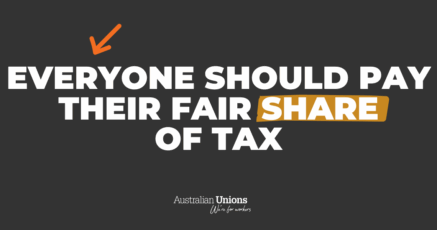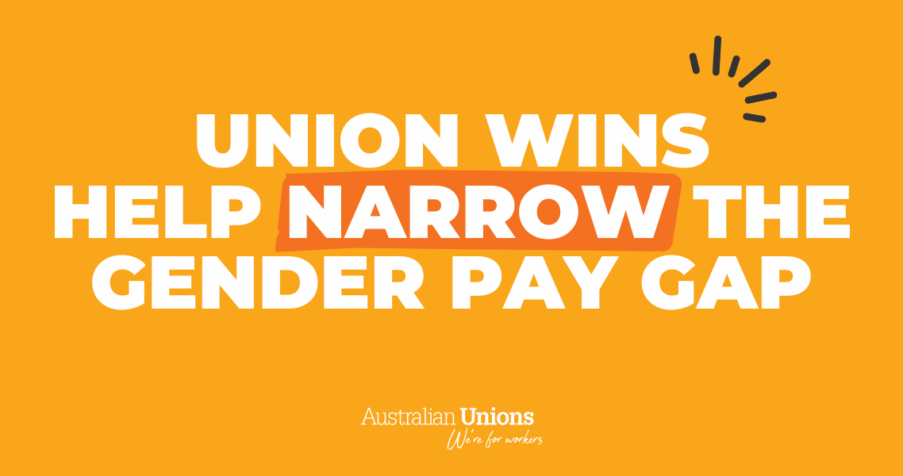The latest round of lockdowns across Australia have hit without the wage subsidies that helped insulate the economy throughout 2020. Since May this year, the Government’s efforts to fill this void have been increasingly piecemeal, stopgap and reactive – which has, in turn, revealed how partial and inaccurate many of the norms and assumptions underpinning these policies have been.
Questions of who is prioritised for support payments, how much or how little is available, and the complexity of accessing it, reflect not only a poor understanding of how effective lockdowns rely on public subsidies to ensure public health, but also reflect very selective and, in some cases archaic priorities and assumptions about what being in work, or out of work, can look like in Australia today.
Policies have failed to account for one key feature of our economic landscape – the extent and breadth of insecure work. By the end of 2020, 50.5% of all jobs in Australia were full time with paid entitlements; as the Centre for Future Work’s economist Alison Pennington puts it, “around half of employed Australians now confront one or more key dimensions of insecurity in their work (casual, marginal self-employment)”. Moreover, of the jobs created between May 2020 and February 2021, over 60% were casual positions, meaning that workers would have no predictability in their hours or income, and no access to sick leave, despite these jobs being created during a pandemic. Many of these were also “secondary jobs”: that is, extra jobs taken on by workers seeking to cobble together a liveable income from whatever sources they can.
Where some Government recognitions of insecure work have been made, these are still partial. Issuing crisis payments in arrears after seven days of lost income reflects an expectation that after up to hundreds of days in lockdown, people still have access to enough savings to fund a shortfall.
The system also excludes those insecure workers who are receiving any income support payment, navigating time-consuming obligations and reporting requirements that cap their income at a punitively low level, only to then miss out on crisis payments that their better-paid colleagues are deemed eligible for.
The refusal to mandate a vaccination leave system reflects an assumption that most workers have other leave available, failing to recognise the strains experienced by salaried workers who may have exhausted their leave in accommodating the disruptions of lockdown or working from home. It also excludes the large proportion of workers without leave entitlements – who, while in some states are eligible for payments to self-isolate or get tested for COVID, are expected to absorb the cost of vaccination themselves.
While the Morrison Government still refuse to meet these economic realities head-on, at state and federal levels, several high-profile cases and inquiries into employment conditions are currently underway. The Fair Work Commission’s current investigations into piece rate payments undermining fair wages include the fruit picking industry, along with several universities. The ongoing Senate Inquiry into job security has heard a range of testimonies on unscrupulous and unsafe practices that are not fully captured by existing regulations, placing workers and carers at risk in sectors as diverse as food delivery, disability care work, and mining.
Moreover, these inquiries are also battles over familiar ground, including some of the key fights for basic working conditions fought for and won over the past century. In some cases, the historical parallels are glaring: claims by big agricultural businesses that paying minimum wage instead of piece rates is too expensive are almost identical to those made by the Sunshine Harvester Works in the iconic 1907 Arbitration Court case, as they tried to obtain an exemption from paying minimum wage. As ACTU historian Liam Byrne describes it, the landmark ruling in this case reflected the principle that “if your business model did not include paying your workers appropriate wages, you shouldn’t be in business.” And yet, over 100 years later, this principle of enforcing a floor of fair wages and conditions has been undermined, while business models structured around exploiting insecure work have expanded and thrived.
A genuine reckoning with what being in work and out of work looks like in Australia today is crucial to any meaningful industrial policy. Attending to those realities prevents hard-fought victories from being undermined while creating the conditions for new protections to be campaigned for and won.






SHARE:
Facing the realities of insecure work